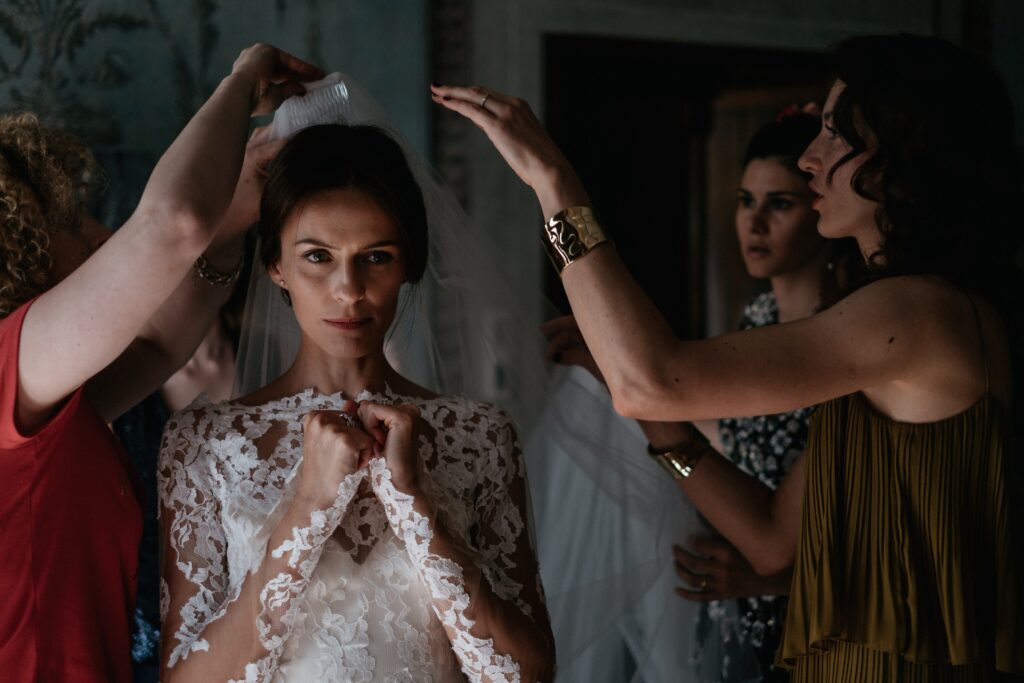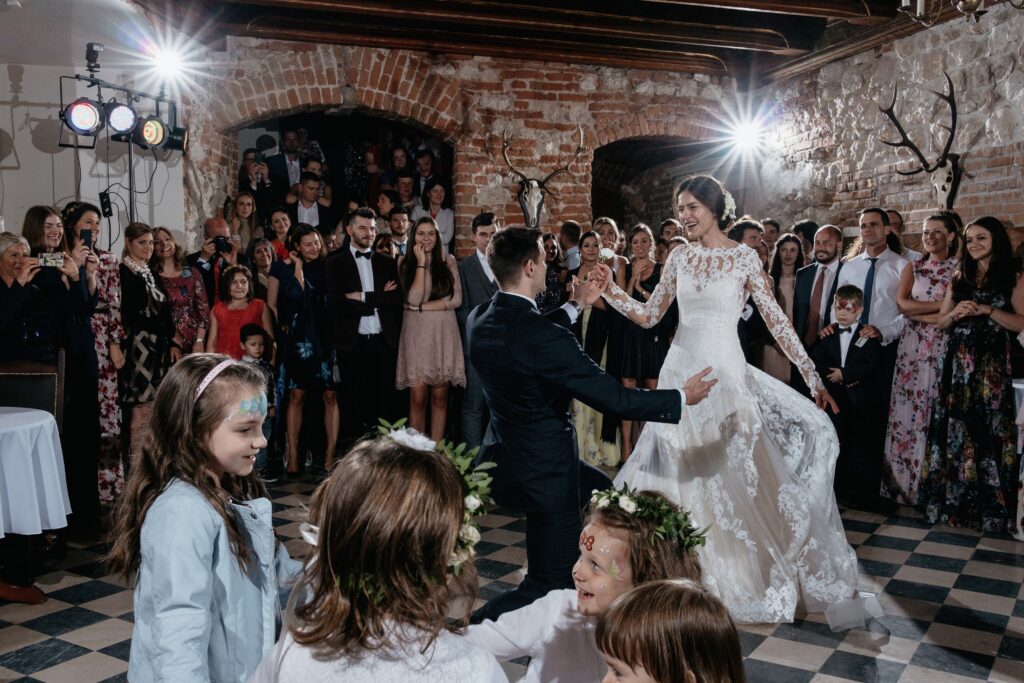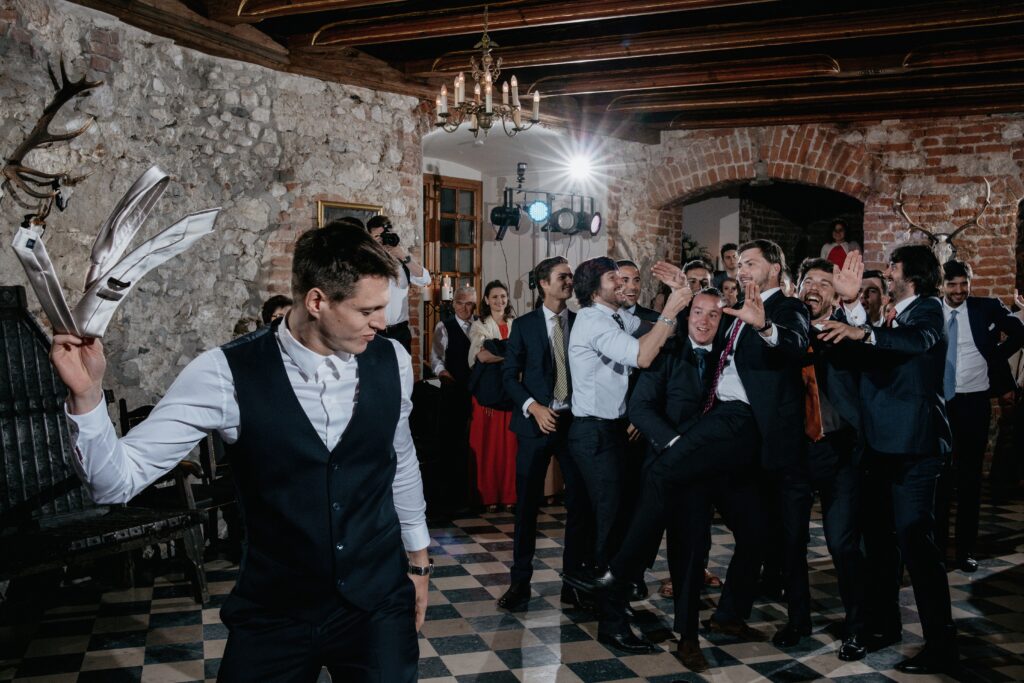EXPLORE THE ENCHANTING WORLD OF POLISH WEDDING TRADITIONS
Polish wedding traditions are a beautiful blend of love, joy, and deep-rooted customs that have been passed down through generations. Whether you are planning a traditional Polish wedding or incorporating these customs into an international celebration, these traditions will make your special day unforgettable. Here are some key elements that define a traditional Polish wedding:
WEDDING IN THE MONTH WITH THE LETTER “R”
One of the first Polish wedding traditions I would like to present is ” Letter R”. In Poland, it is considered good luck to get married in a month that contains the letter “R.” This belief is rooted in the idea that such months bring prosperity and happiness to the newlyweds. Thus, many couples choose months like March, June, August, or September for their nuptials.


PARENTS’ BLESSING – ONE OF THE POLISH WEDDING TRADITIONS
One of the most touching moments in a Polish wedding is the parents’ blessing. Before the ceremony, the bride and groom seek the blessings of their parents. This heartfelt tradition symbolizes the parents’ approval and their best wishes for the couple’s future.

SHOWERING WITH COINS OR ROSE PETALS
As the newlyweds exit the church, they are often showered with coins or rose petals. According to beliefs, showering with rose petals is supposed to bring happiness to the newlyweds. On the other hand, showering with coins is supposed to bring them prosperity. Later, the newlyweds must collect these coins and the one of the newlyweds who collects the most will keep the money in the marriage. So it is worth the effort. Guests participate enthusiastically, creating a beautiful and memorable scene.

WELCOMING WITH BREAD AND SALT
Upon arriving at the reception venue, the bride and groom are greeted with bread and salt by their parents. The bread represents prosperity and the hope that the couple will never go hungry, while the salt symbolizes the hardships they will face together. The couple takes a bite of the bread and sprinkles the salt, embracing the blessings and challenges of married life. After greeting with bread and salt, the bride and groom receive 2 glasses, one of which is filled with water and the other with vodka. The one who gets a glass of vodka is predicted to hold power in the relationship. After drinking vodka and water, the bride and groom should throw their glasses behind them and the number of pieces the glass breaks into is to symbolize the number of years spent in marriage. If it turns out that one of the glasses does not break, the witness should break it with his foot. The broken glass should be cleaned up by the bride and
groom or the staff.


CARRYING THE BRIDE OVER THE THRESHOLD
Carrying the bride over the threshold is a cherished tradition that signifies the groom’s commitment to protect his bride from evil spirits. This sweet gesture also marks the beginning of their new life together.
“100 LAT” SONG
The “100 lat” song is an essential part of Polish weddings. This traditional song, which means “100 years,” is sung to wish the couple a long and happy life together. Guests raise their glasses and join in the chorus, creating a festive and heartwarming moment.
FIRST DANCE
The first dance is a highlight of any wedding, and in Poland, it is no different. The newlyweds take to the dance floor for their first dance as a married couple, often to a romantic and meaningful song. This moment sets the tone for the evening and invites guests to join in the celebration.

THANKING THE PARENTS
A special moment during the reception is the “Thanking the Parents,” where the bride and groom express their gratitude to their parents for their love, support, and guidance. This heartfelt gesture often includes speeches, gifts, and a special dance with the parents.
WEDDING CAKE
The wedding cake is a centerpiece of the celebration. In Poland, the cake-cutting ceremony is a significant event, symbolizing the couple’s unity and shared future. Guests eagerly await the moment when the bride and groom cut the cake together and share the first bite.
“OCZEPINY” (UNVEILING CEREMONY) – A FAMOUS POLISH WEDDING TRADITION
“Oczepiny” is a traditional and entertaining part of Polish weddings. This ceremony usually takes place at midnight and involves the bride removing her veil and replacing it with a cap, symbolizing her transition from a maiden to a married woman. Guests participate in various games and dances, adding a fun and lively element to the celebration.



POLISH WEDDING TRADITIONS – A NIGHT OF CELEBRATION
Traditional Polish weddings are known for their lively and extended celebrations, often lasting until the early hours of the morning. Guests can expect an abundance of food, dancing, and both non-alcoholic and alcoholic beverages. The festivities don’t end there; it’s common to host “Poprawiny” the next day, a continuation of the celebration with more food, music, and merriment.
Incorporating these beautiful Polish traditions into your wedding will not only honor your heritage but also create a unique and memorable celebration. Whether you are embracing all these customs or just a few, they will add a touch of elegance, joy, and meaning to your special day.
Do you want to know what are the advantages of a wedding in Poland? Click here:
Polish – Italian Wedding; Wedding Planner: Dorota Nowakowska Weddings; Photo By: Szymon Olma
What is the symbolism behind the tradition of welcoming the bride and groom with bread and salt?Telkom University Jakarta
This custom is supposed to provide the newlyweds with prosperity, eternal love, and much happiness. Bread is a symbol of wealth, and salt is a symbol of the permanence of the marriage.